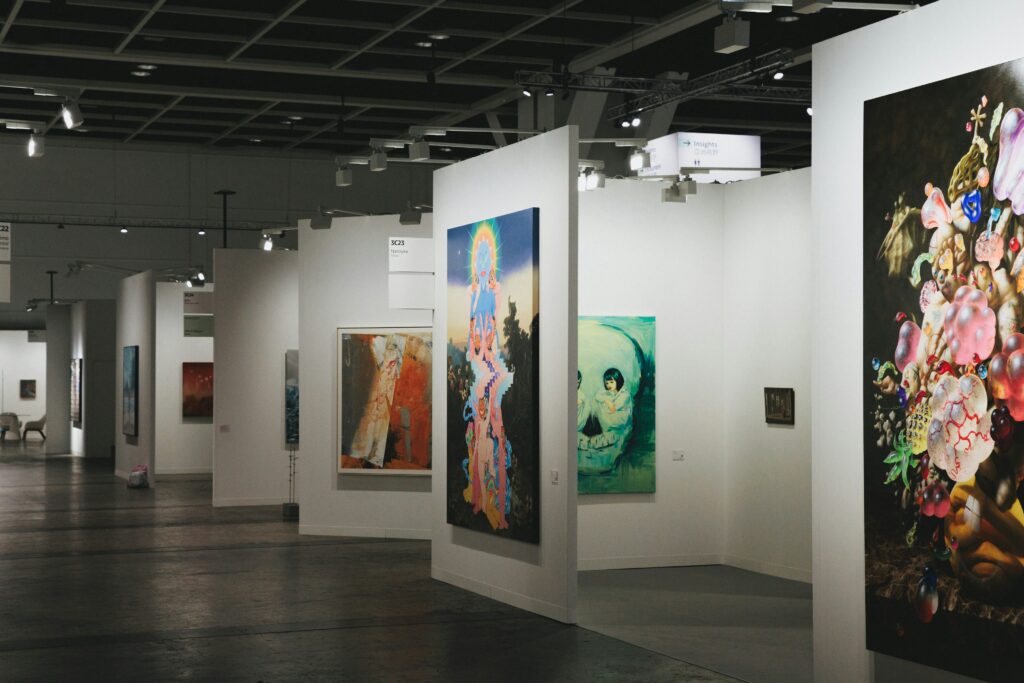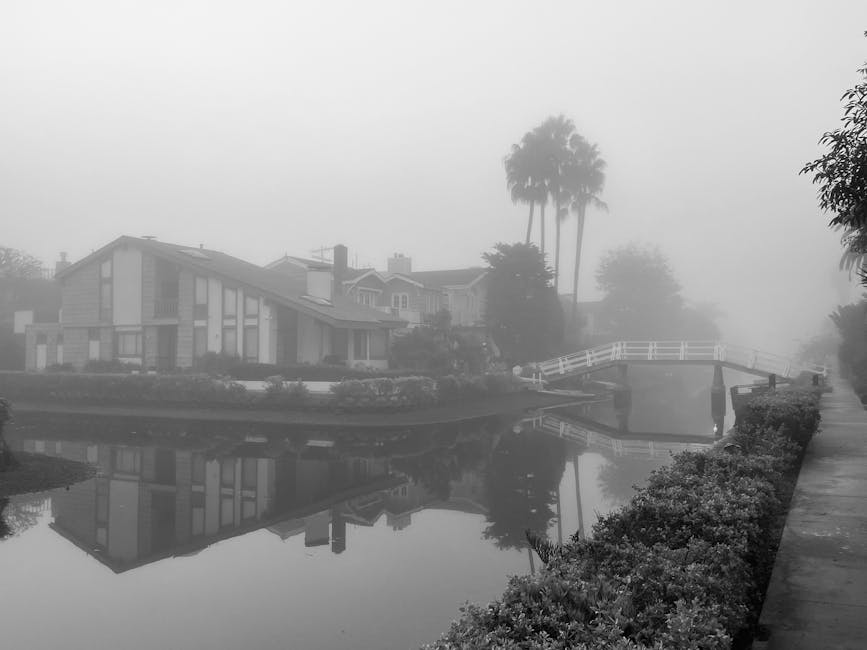Contemporary art exhibitions aren’t just crowd-pleasers or selfie backdrops anymore. The best ones are real provokers—pushing ideas into public conversation and making people stay with a thought they can’t shake. In 2024, the shows pulling buzz aren’t just big in size or name. They’re timely, sharply curated, and willing to say something clear and a little uncomfortable.
More and more, artists are stepping into roles once held by commentators or journalists. Their work tackles climate fear, migration, digital identity, and social justice—not in abstract, but in forms that demand attention. And people are listening. These shows are showing up in think pieces, policy chats, and podcasts way outside the art world.
So what makes a show worth a train ride or a flight? It’s not about scale, but impact. If a gallery in Berlin is hosting a piece that shifts how you think about borders, or a museum pop-up in Seoul is redefining AI-created art, that’s worth crossing a continent for. The art that sticks isn’t tucked away—it sparks something in people across scenes, cities, and disciplines.
The new wave of environmental art isn’t just talking about climate change — it’s dragging viewers straight into the middle of it. At the heart of this shift is a bold collision between our industrial past and our fragile future. The impact of extraction, pollution, and decay isn’t hidden; it’s exposed, confronted.
Artists like Olafur Eliasson and Firelei Báez are leading the charge. Eliasson’s work leans into elemental forces, blending sculpture and space to make audiences feel the warming world instead of just see it. Báez, on the other hand, layers cultural memory over environmental grief, grounding the climate narrative in history, identity, and resistance.
These aren’t paintings on a wall. The installations are immersive and at times overwhelming — think rust-stained turbine parts jutting from gallery floors, soundscapes that mimic flooded coastlines, or scent-triggered rooms that recall scorched earth. The goal isn’t comfort. It’s connection. And that connection is being built through every sense.
AI Is Speeding Up Workflow Without Replacing Humans
AI isn’t the enemy. It’s the new intern—fast, tireless, but still needs oversight. Today’s top vloggers are using generative tools to smooth out the roughest parts of the job. Time-consuming tasks like first-draft scripting, spitballing video titles, or organizing B-roll are now automated with a few clicks.
But here’s the catch: voice and tone still matter. The moment content starts feeling machine-made, it loses connection. Audiences know when you’re phoning it in. That’s why creators are choosing to keep the final cut, shot planning, and narrative control firmly human. Some even use AI only for ideation, dropping it once the real crafting begins.
So this isn’t about handing over the keys. It’s about knowing where AI ends and your identity begins. Creators who draw that line clearly are doing more with less—without giving up the stuff that makes them worth watching.
Tech Meets Craft: The Rise of Speculative Sculpture
A Curated Intersection of Art and Innovation
This trend spotlights works that explore the rapidly evolving relationship between technology and art. Artists are integrating emerging tools and concepts into their creative process, resulting in pieces that feel simultaneously futuristic and rooted in traditional craftsmanship.
Key Formats on Display
Across exhibitions and digital showcases, creators are experimenting with:
- Robotics-enhanced sculptures that respond to sound, touch, or data
- Virtual reality installations that immerse viewers in interactive narrative environments
- Bio-art that incorporates living organisms or genetic concepts into sculptural form
These works challenge our understanding of what art can be in an era shaped by artificial intelligence, biotechnology, and immersive tech.
Staying Grounded in Craft
Although the materials and mediums are futuristic, the creative ethos behind these works remains grounded in hands-on expression, form, and aesthetics. Artists are finding new ways to blend digital tools with age-old techniques, focusing not just on spectacle but on meaning and skillful execution.
- Emphasis on handmade elements alongside tech integrations
- Precision modeling, material selection, and finishing remain key
- Innovation partnered with emotional or conceptual depth
This movement signals a future where speculative art is not about detachment from the past, but a deeper, tech-augmented exploration of it.
This section of the exhibition leans into the power of reinterpretation. African and diasporic stories are not just retold—they’re rebuilt, recast, and reimagined through contemporary lenses. The goal isn’t to create one tidy narrative. It’s to hold space for many of them.
Textile work, video installations, and large-format photography are key mediums here. Weighted with tradition but translated through modern forms, each piece becomes its own dialogue—between past and present, heritage and innovation. It’s less about nostalgia, more about evolution.
At the core of the curatorial vision is the idea of layered identity. No single perspective gets to claim authority. Instead, visitors are invited to navigate multiple truths, sometimes side-by-side, sometimes in conflict. It mirrors the real lives these stories come from—rich, messy, and full of contrast.
For more insight into how strong exhibitions are structured, check out What Makes an Exhibition Conceptually Strong – A Curator’s Perspective.
More than ever, art spaces are thinking outside the white cube. Artist talks, panel discussions, and cross-disciplinary collaborations are no longer side notes — they’re center stage. Viewers want more than a look at the work; they want to know who made it, why, and how it fits into wider conversations about culture, identity, tech, or politics. These programs build bridges not just between artist and audience, but across mediums and disciplines.
At the same time, digital extensions like virtual tours and interactive archives are helping bring exhibits to wider audiences. Some people can’t make it to the gallery, but that doesn’t mean they should miss out. Smart institutions are meeting people where they are — on their laptops, phones, and tablets. A good online walkthrough won’t replace the real thing, but it might inspire someone to see it in person or connect more deeply from afar.
And for those walking through a concept-heavy show in person, here’s a tip: take your time, skim the wall text, then look again. Not every piece will ‘make sense’ right away. Ask what the artist might be trying to reframe, not just depict. If a work feels confusing, it’s often doing its job. Art isn’t a quiz. It’s a conversation — and sometimes, a challenge.
In 2024, vlogging is asking more of both creators and viewers. It’s not enough to land a beautiful shot or hit a trending moment. That quick dopamine scroll? People are starting to want more than that. There’s a shift happening—toward videos that linger in your brain, not just your feed.
The standout creators this year aren’t just entertaining us. They’re leaning into topics that surprise, provoke, or expand awareness. Content built to encourage curiosity, to get the viewer thinking rather than simply watching. Whether it’s a travel vlog asking questions about post-tourism or a fashion diary tackling sustainability head-on, what sticks is honesty paired with complexity.
The best work feels risky. It invites interpretation, maybe even debate. That’s what makes it memorable. So if you’re vlogging in 2024, don’t just chase admiration. Make something that demands reflection.




